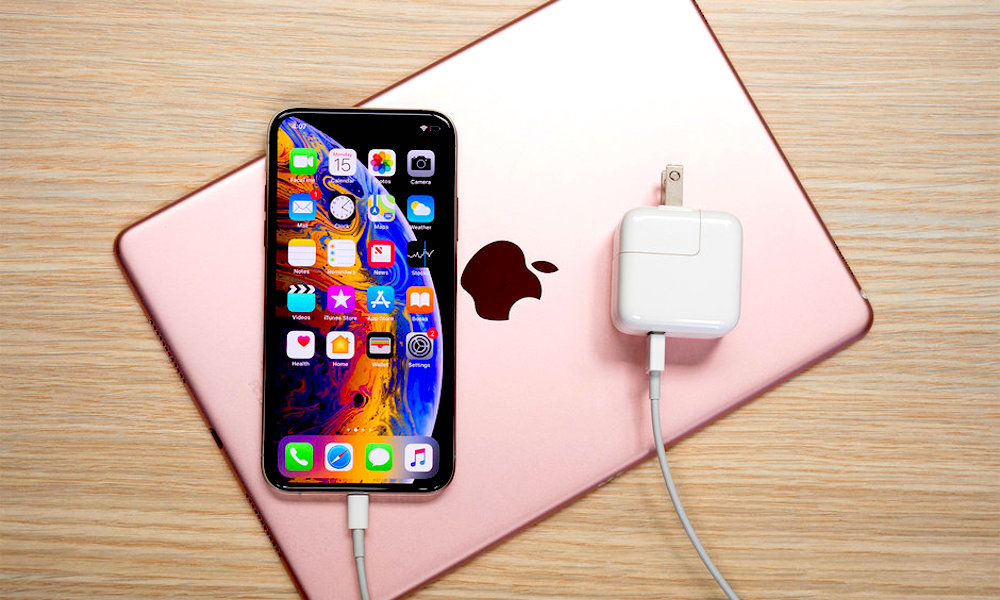New Report Claims to Have Found the Cause of Declining iPhone Battery Life
 Credit: PhoneArena
Credit: PhoneArena
Toggle Dark Mode
A number of factors such as screen brightness, app processing loads and active wireless connections can play into how well (or how poorly) an iPhone’s battery performs in day-to-day usage.
And while it’s hard to measure performance on an individual scale (since additional factors like device features, settings and network configurations tend to vary widely among users), an interesting new report published this week by The Washington Post appears to conclude that Apple’s impressive Super Retina OLED displays on the iPhone XS and XS Max are to blame for their apparent decline in battery performance.
As WaPo Tech columnist Geoffrey A. Fowler points out: “If you recently bought a new flagship phone, chances are its battery life is actually worse than an older model” — even despite modern advancements in mobile processing and improvements to battery size and technology, in some cases.
A Downward Trend?
Fowler noted that his independent testing with an iPhone X and the newer iPhone XS revealed findings consistent with what we’ve seen from other battery benchmarks so far — namely, that the iPhone X comfortably outperforms the XS.
In search of answers as to what could be causing this apparent decline in battery performance, Fowler reached out to some of the top product testers on the web including Consumer Reports, CNET, and Tom’s Guide and, as a consensus, ultimately agreed that “cutting-edge screens” installed on the newest phones are most likely to blame for worsening battery stats.
“Batteries improve at a very slow pace, about 5 percent per year, but phone power consumption is growing up faster than 5 percent,” Nadim Maluf, CEO of battery optimization firm Qnovo, told The Washington Post.
Apple’s Super Retina OLED displays employed on the latest iPhone XS and XS Max are stunning to look into, the report continues, but they require quite a bit more power to operate in comparison to some LCD panels — and those additional power requirements are most notably out of pace with improvements in battery cell tech.
Check out These 10W Fast Wireless Chargers for iPhone
An example of this conundrum can be seen in similar testing results with Apple’s latest iPhone XR flagship, which features exceptional battery life in comparison to its OLED-equipped counterparts.
The iPhone XR features a larger, 6.1-inch panel compared to the 5.8-inch iPhone XS, however the former uses a brand-new Liquid Retina display (LRD) technology based on the ubiquitous LCD standard.
Fowler found in his testing that the iPhone XR outlasted the iPhone XS by a whopping three hours of continuous usage, echoing similar findings by other reviewers around the web except for Consumer Reports.
Battery Tech Plateau
Sadly, the reality seems to be that while smartphone are becoming more powerful, adopting larger displays and more advanced technologies, those feature enhancements are ultimately coming at a major cost to battery life and longevity..
And, even sadder, is that while every new high-end smartphone promises better battery performance than the model preceding or competing directly against it, we’ve actually seen very little in the way of “dramatic improvements” to modern Lithium-Ion battery tech.
Luckily, Apple has been looking into new and innovative ways of actually improving its battery technology for devices like iPhone and iPad, according to a number of previous reports and patent filings. But, when or if those improvements ever come to fruition remains to be seen.






